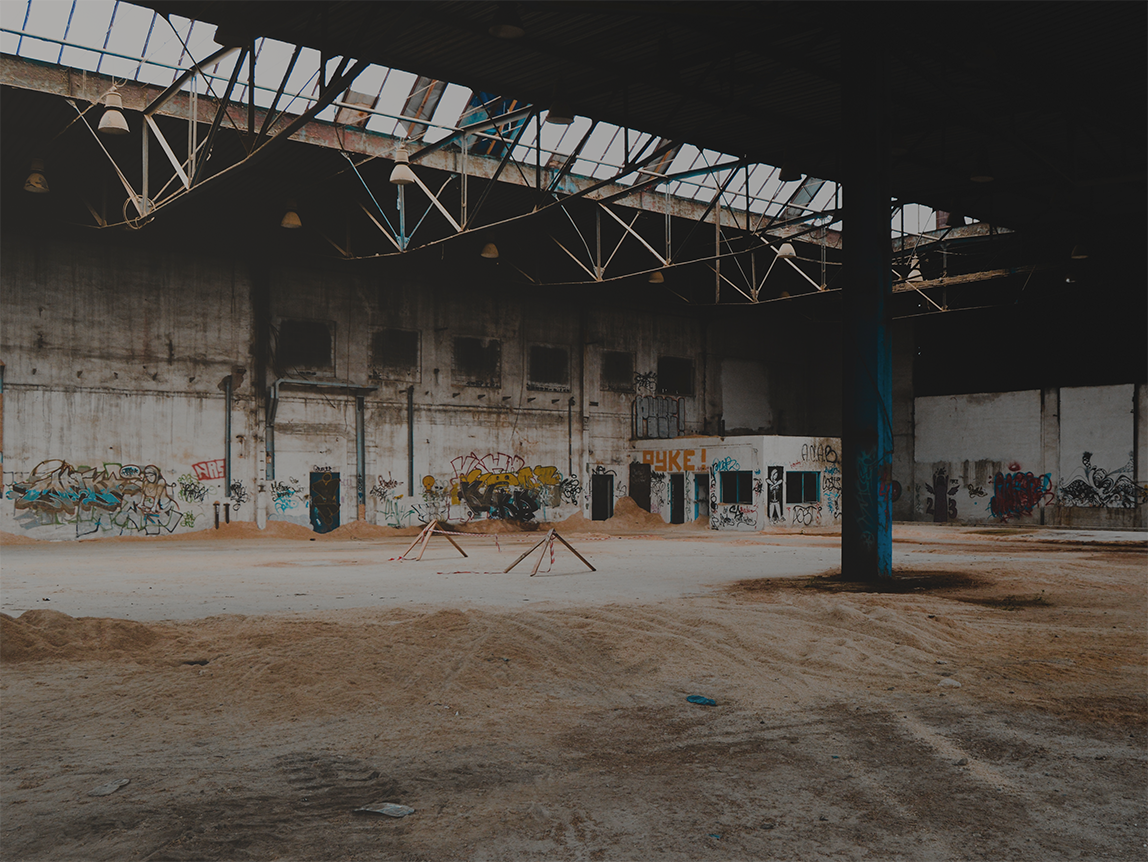Type 1 Presumptive Asbestos Inspections
The first type of asbestos inspections is Type 1 Presumptive Asbestos Inspections. These are also known as also known as location and assessment asbestos inspections, or presumptive asbestos inspections. This type of inspection is a preliminary survey of a building to identify materials that are suspected of containing asbestos. The process involves an asbestos consultant conducting a walk through to establish a list of the elements that are suspected of being Asbestos Containing Material (ACM).
At this point, the ACM is presumed as containing asbestos. A list of all the ACM identified within the building is then compiled into an asbestos register. The asbestos register outlines the location of the building elements within the property and includes a risk assessment of the material.
The risk assessment is based on the type, friability (bonded or friable), surface treatment and condition of the asbestos, the occupant activity including location, frequency and duration as well as potential maintenance of the suspected asbestos material.
While the material may be suspected of containing ACM within a Type 1 inspection, it must be reinforced that this has not been confirmed. This type of inspection is a precautionary measure in case the material is ACM. Only by taking samples and testing using polarised light microscopy can the presence and type of asbestos be determined.
Type 2 Sampling Asbestos Surveys
Asbestos surveys are conducted in line with the relevant state legislation and codes of practice in regards to the management and control of asbestos in the workplace and the UK Health and Safety Executive (HSE) guidance material which is seen as worlds-best practice.
Also known as a sampling survey, the asbestos inspection process is the same as a Type 1 presumptive asbestos survey, except that samples of material suspected of containing asbestos are collected. The building materials suspected of containing asbestos are then analysed within a NATA-accredited laboratory for chemical analysis.
This type of asbestos survey is more expensive due to the extra cost of the laboratory analysis; however, there is then little doubt as to whether the suspected Asbestos Containing Material (ACM) is positive or negative. If the asbestos survey reveals that the ACM is positive, a risk assessment will be undertaken. This assessment also takes into account what type of asbestos was identified, as some forms of asbestos are more toxic than others.
The asbestos register is created in the same way, however, it also lists the type of asbestos that’s detected during the laboratory testing. Crocidolite or blue asbestos is a higher risk than amosite or brown asbestos, with white asbestos being the lowest risk.
Type 3 Sampling Asbestos Surveys
Before renovating or demolishing a house or part of your home, make sure you have a Type 3 Asbestos Audit. A major risk is knocking down a wall and a cloud of asbestos appears. We see these asbestos hazards occur time and time again. This tends to occur after the fact when someone experienced recognises the asbestos hazard that has been uncovered, and then it’s panic stations.
This can be prevented by undertaking an asbestos audit of the building ,which inspects the elements that may contain Asbestos Containing Material (ACM). In many instances, we find that by sampling asbestos it could be identified within the internal cavities or structure. To find the asbestos we inspect inside walls and ceilings.
The Australian Standard AS 2601—2001 The Demolition of Structures also requires that hazardous materials including asbestos be removed prior to a building or structure being demolished (clause 1.6). The Type 3 audit identifies the asbestos so that it can be removed beforehand so that it doesn’t become a risk. An asbestos clearance certificate is then provided to the builder so that there isn’t an asbestos risk during the demolition or refurbishment.
Operating without prior audits can be a costly clean-up process if asbestos fibres are released throughout the area. Some Sydney and Melbourne councils require a Type 3 asbestos audit at the time of the development application, but the best time for the audit is immediately prior to works commencing.




